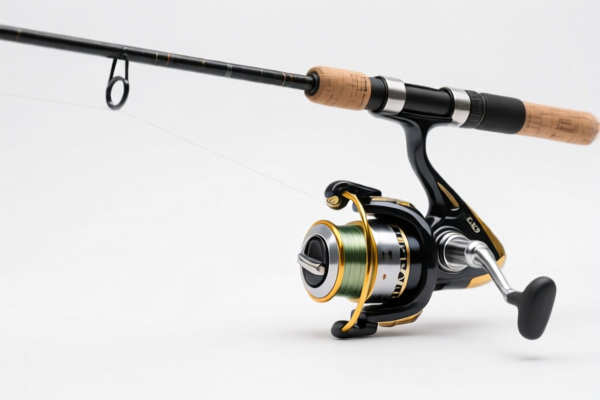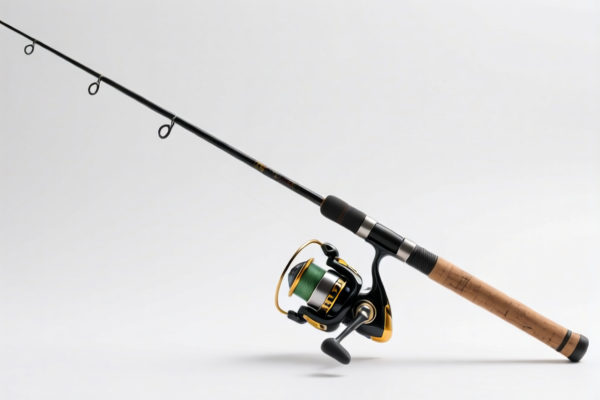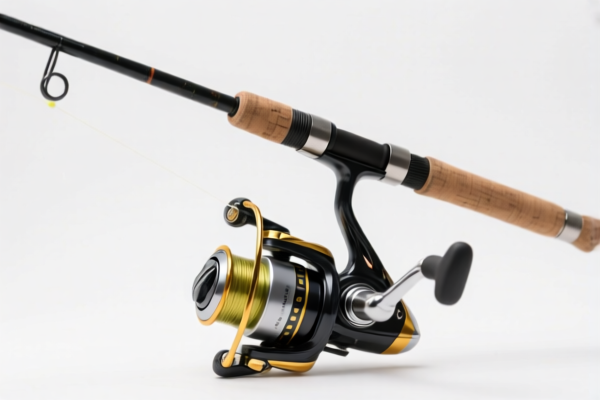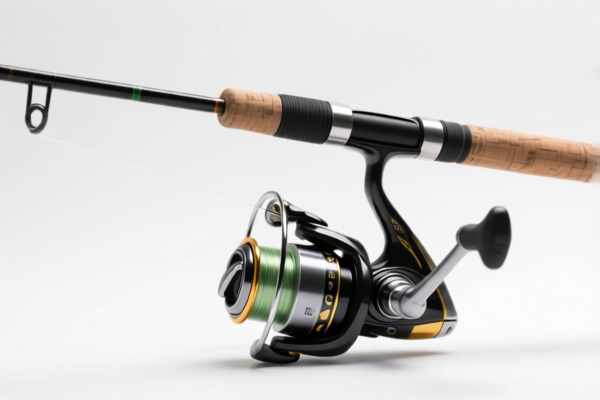| HS Code | Official Doc | Tariff Rate | Origin | Destination | Effective Date |
|---|---|---|---|---|---|
| 7326908688 | Doc | 82.9% | CN | US | 2025-05-12 |
| 7323997000 | Doc | 60.3% | CN | US | 2025-05-12 |
| 7323999030 | Doc | 83.4% | CN | US | 2025-05-12 |
| 8479820040 | Doc | 55.0% | CN | US | 2025-05-12 |




Stirring Rod
A stirring rod is a laboratory tool used to mix, blend, or agitate substances. Typically made of glass, though plastic or metal variants exist, it is a long, slender instrument with a rounded or flattened end.
Material:
- Glass: The most common material, borosilicate glass is preferred due to its chemical resistance and ability to withstand heat.
- Plastic: Often polypropylene or PTFE (Teflon), used when chemical resistance of glass is insufficient or for applications where breakage is a concern.
- Metal: Stainless steel or other alloys are employed for robust stirring, particularly in industrial settings or with viscous solutions.
Purpose:
The primary purpose of a stirring rod is to facilitate the homogenization of liquids, dissolve solids in liquids, and maintain uniform temperature distribution within a solution. It prevents splashing and allows for controlled mixing.
Function:
Stirring rods function by physically transferring energy into the liquid, creating currents that distribute the components. The shape of the rod, and the technique used, influences the effectiveness of mixing.
Usage Scenarios:
- Laboratory Chemistry: Dissolving solutes, preparing solutions, monitoring reactions, preventing sedimentation.
- Cooking & Baking: Combining ingredients, preventing burning, ensuring even heating (though dedicated cooking utensils are generally preferred).
- Pharmaceutical Manufacturing: Mixing ingredients in solution during drug production.
- Industrial Processes: Maintaining homogeneity in large-volume reactions or solutions.
Common Types:
- Solid Glass Stirring Rod: The standard type, available in various lengths and diameters.
- PTFE Stirring Rod: Chemically inert, suitable for aggressive chemicals.
- Magnetic Stirring Rod (Stir Bar): Used with a magnetic stirrer; the bar spins within the solution when placed on a magnetic field.
- Glass Hook Stirring Rod: Features a hook at the end for retrieving samples or solid materials.
- Glass Spatula/Rod Combination: Offers both stirring and scraping functionality.
The declared goods, a stirring rod, fall under the category of machines and mechanical appliances having individual functions. Here's a breakdown of relevant HS codes based on the provided information:
- 8479.82.00.40: This HS code covers “Other machines and mechanical appliances: Mixing, kneading, crushing, grinding, screening, sifting, homogenizing, emulsifying or stirring machines Mixing, kneading or stirring machines”.
- 84: Chapter 84 pertains to Nuclear reactors, boilers, machinery and mechanical appliances; parts thereof.
- 79: Heading 79 specifically addresses Machines and mechanical appliances having individual functions, not specified or included elsewhere in this chapter; parts thereof.
- 82: Subheading 82 denotes Other machines and mechanical appliances.
- 00.40: This further specifies Mixing, kneading, crushing, grinding, screening, sifting, homogenizing, emulsifying or stirring machines, and specifically Mixing, kneading or stirring machines.
Tax Rate Details:
- Basic tariff: 0.0%
- Additional tariff: 25.0%
- Tariff after April 2, 2025: 30%
Total tariff: 55.0%
Important Note: According to the provided reference material, the total tariff for this HS code is 55.0%. Please be aware that the additional tariff will increase to 30% after April 2, 2025.
Customer Reviews
No reviews yet.